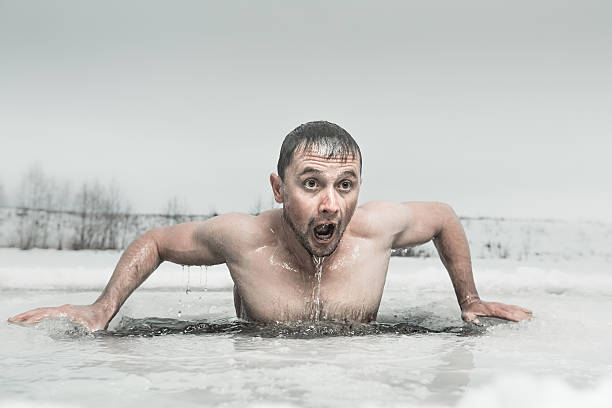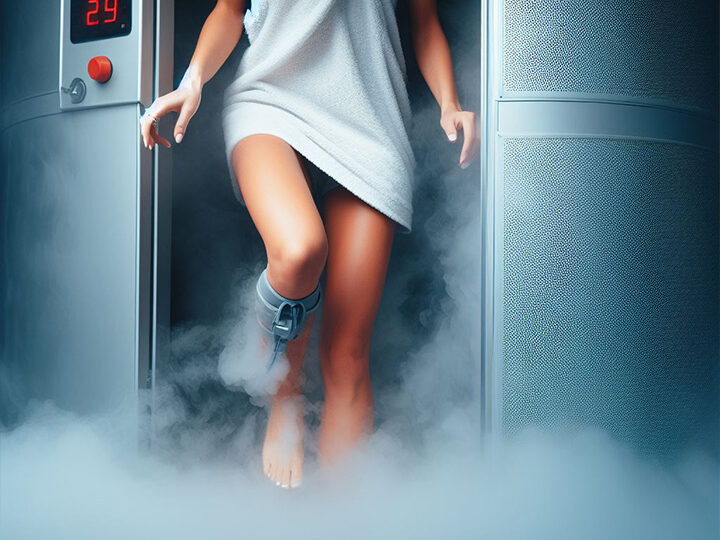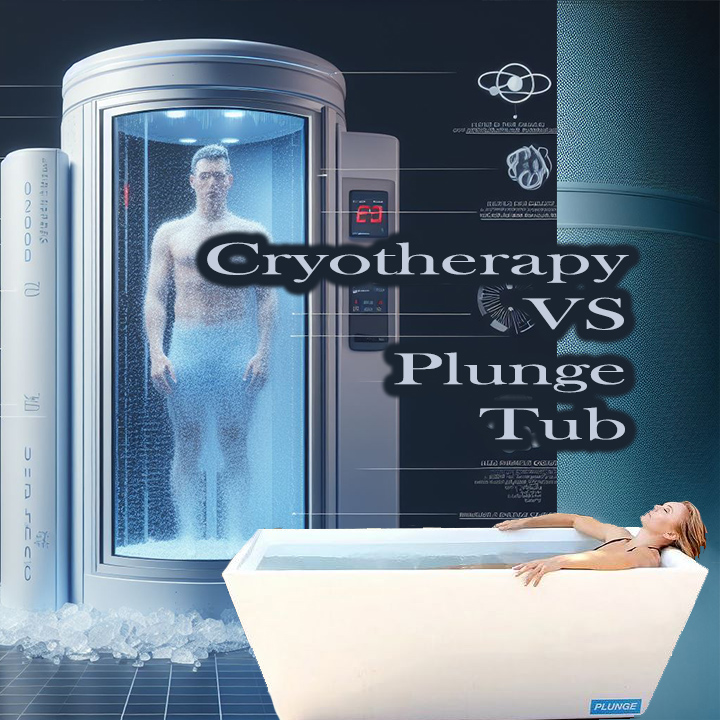
An athlete’s choice: cold plunge tubs vs cryotherapy which is better for an elite athlete
Both cold plunge tubs and cryotherapy can offer benefits to elite athletes, but the choice between the two ultimately depends on several factors. These include personal preference, specific goals, and the athlete’s overall health. Let us compare the two processes.
Cold Plunge Tubs: Cold plunge tubs involve immersing the body in icy water, usually around 50 to 59 degrees Fahrenheit (10 to 15 degrees Celsius). The cold plunge is usually done post-exercise. This exercise is a way to reduce inflammation, muscle soreness, and promote recovery of the muscles. Cold-water immersion can constrict blood vessels, which in turn reduces blood flow to the muscles and tissues. This can help alleviate muscle swelling and decrease metabolic waste products that build up during intense exercise.
Cryotherapy: Cryotherapy involves exposing the body to extremely cold temperatures. This usually takes place for a short duration (typically 2-4 minutes). The process happens in a specialized chamber or doctor’s room. Whole-body cryotherapy has similar benefits as cold water immersion but in a more intense and rapid manner. Extreme cold exposure can trigger the release of endorphins and decrease inflammation. Some proponents suggest that cryotherapy can improve circulation and boost the body’s natural healing processes.
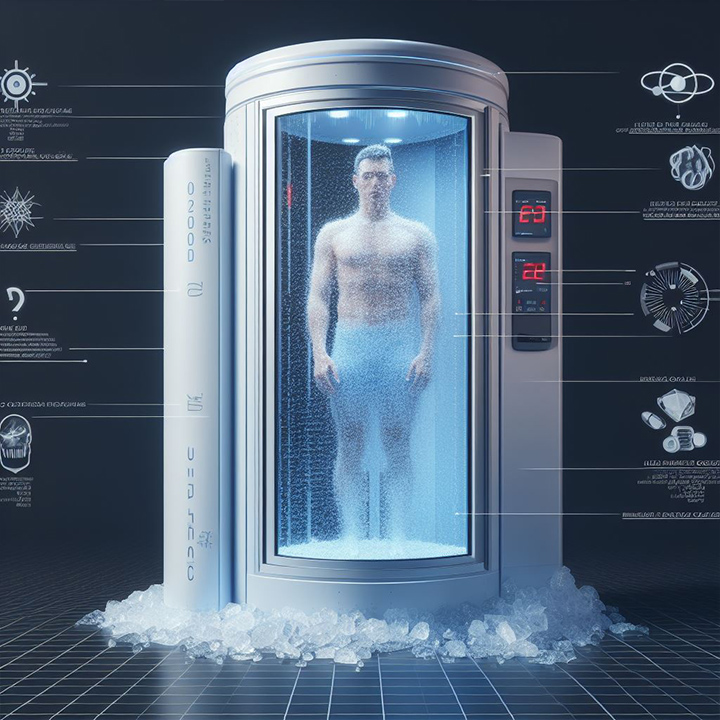
Factors to Consider:
Preference and Tolerance: Some athletes might prefer the immersive experience of cold plunge tubs, while others might find cryotherapy’s quick exposure to extreme cold more manageable. It can vary based on personal preference.
Convenience: Cold plunge tubs might be more accessible and feasible, especially for athletes who have easy access to ice baths. Cryotherapy chambers might not be as readily available in all locations.
Duration: Cryotherapy sessions are typically shorter than cold water immersion. If an athlete values efficiency, cryotherapy might be more appealing.
Potential Risks: Both methods come with some risks, such as frostbite or skin irritation. Health risks could be minimized by following proper protocols and guidelines.
Individual Response: Athletes might respond differently to each method. Some might find better relief from soreness and inflammation through cold plunge tubs, while others might feel more benefits from cryotherapy.
Cost: Cryotherapy sessions can be more expensive than using cold plunge tubs, which might impact an athlete’s choice, especially if they need frequent treatments.
Scientific Evidence: While both methods have anecdotal and some scientific support, more research is required to definitively determine their effectiveness for elite athlete recovery.
In the end, there is no one-size-fits-all answer. Athletes should consult with their sports medicine professionals, trainers, and coaches to determine which method might be best suited for their individual needs, considering their goals, health status, and recovery routine. It is also important to prioritize a well-rounded recovery approach that includes proper nutrition, sleep, and other recovery techniques.

Which is easier to implement at home?
Cold plunge tubs are generally easier to set up and use at home. Cryotherapy chambers traditionally take place by a medical agent at an office. Cold plunge tubs can be as simple as filling a bathtub with cold water and ice. You do not need specialized equipment or facilities for this method. If you have access to a cold-water source and ice, you can create your own cold plunge tub at home.
Cryotherapy, on the other hand, typically requires specialized equipment and facilities. Whole-body cryotherapy chambers are designed to expose the entire body to extremely cold temperatures for a brief period. These chambers often require professional setup, monitoring, and maintenance. Due to the complexity and cost of cryotherapy chambers, they are less feasible for home use. These chambers are usually found in specialized clinics or wellness centers.
If you are looking for a more accessible and convenient option to use at home, cold plunge tubs would likely be the more practical choice. Keep in mind, safety precautions are important when using cold water immersion methods. You should consult with a medical professional or sports therapist before incorporating any new recovery technique into your routine.
What is the maximum weekly frequency of use?
The appropriate frequency and duration of using cold immersion methods like cold plunge tubs or cryotherapy can vary depending on the individual athlete. Athletes would need to take their training intensity, overall health, and specific goals in mind when deciding on a treatment plan. There is no one-size-fits-all answer. I can provide some general guidelines that athletes and professionals often consider:
Cold Plunge Tubs: Cold plunge tubs can typically be used more frequently throughout the week due to their less intense and more gradual nature. Athletes might use cold plunge tubs for recovery after intense training sessions. A general guideline could be around 2-4 times per week. At least 24 hours of recovery between sessions. It is important to listen to your body. If you experience any adverse reactions or increased soreness, you might need to adjust the frequency or duration.
Cryotherapy: Whole-body cryotherapy is more intense than cold plunge tubs due to the extremely cold temperatures involved. As a result, sessions are usually shorter and less frequent. Athletes might engage in whole-body cryotherapy 1-3 times per week. Each session typically lasts only a few minutes. It is crucial not to overdo it. Frequent and prolonged exposure to extreme cold could potentially lead to negative effects.
These are general guidelines and individual responses can vary. Factors such as an athlete’s recovery needs, training volume, competition schedule, and overall health will all factor into the decision making. Working with a sports medicine professional or a knowledgeable trainer can help you tailor your recovery routine to your specific needs and goals.
Always prioritize safety and listen to your body. If you experience discomfort, pain, or other adverse effects, consult with a healthcare professional before continuing or modifying your cold immersion routine.
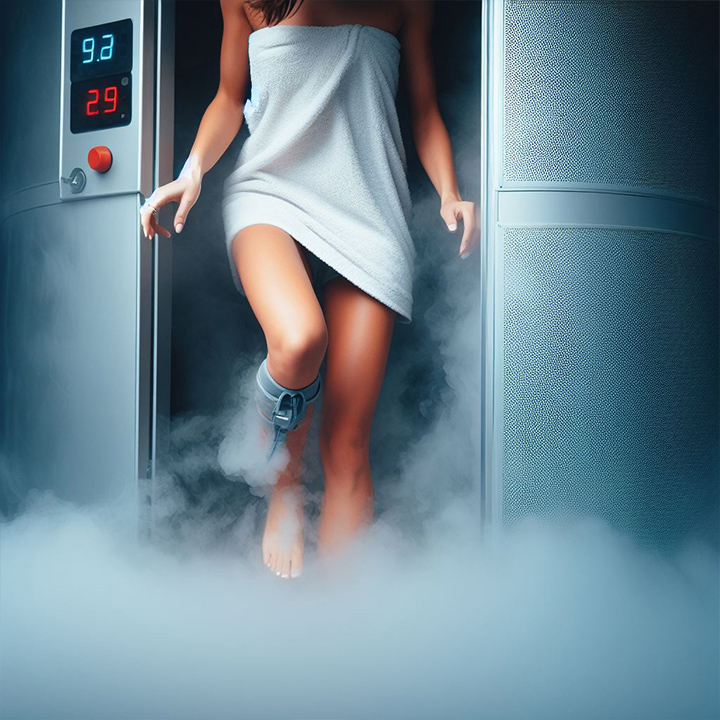
Does the athletes’ sport have influence on what method they should use?
Yes, the sport an athlete participates in can influence the choice between cold plunge tubs and cryotherapy as a recovery method. Different sports place varying demands on the body, and athletes may experience distinct types of muscle soreness, inflammation, and recovery needs based on the nature of their sport. Here are some considerations:
Cold Plunge Tubs: Cold plunge tubs, with their gradual cooling effect, can be particularly beneficial for athletes in sports that involve repetitive, high-impact movements or eccentric muscle contractions. These sports often lead to muscle soreness and inflammation. Examples of such sports include:
Long-Distance Running: Distance runners can experience muscle fatigue and joint stress. Cold immersion may help alleviate soreness and inflammation.
Soccer and Football: Athletes in these sports often engage in intense sprints, changes of direction, and physical contact, leading to muscle damage. Cold immersion can aid in recovery.
Weightlifting: Lifting heavy weights can cause muscle microtrauma. Cold immersion might help reduce inflammation and promote muscle repair.
Cryotherapy: Cryotherapy’s brief and intense cold exposure are preferred by athletes in sports that require rapid recovery and reduction in acute inflammation. This can be particularly useful for athletes who participate in sports involving explosive movements and rapid changes of direction. Examples include:
Sprinting and Track Events: Sprinters and track athletes often rely on powerful, explosive movements. Cryotherapy may help reduce muscle soreness and facilitate quicker recovery between high-intensity sessions.
Basketball and Tennis: These sports involve frequent changes of direction and explosive movements. Cryotherapy’s quick exposure to extreme cold might aid in reducing inflammation and promoting recovery.
Martial Arts and Combat Sports: Athletes in these sports often experience acute muscle soreness from intense training sessions. Cryotherapy could assist in managing post-training discomfort.
The decision on which method to use should be designed to an athlete’s specific recovery needs, training regimen, and individual response. Consulting with sports medicine professionals, coaches, and trainers who understand the demands of the athlete’s sport can provide valuable insights into the most suitable recovery approach. It is also worth noting that many elite athletes incorporate a combination of recovery methods to address various aspects of their training and competition demands.
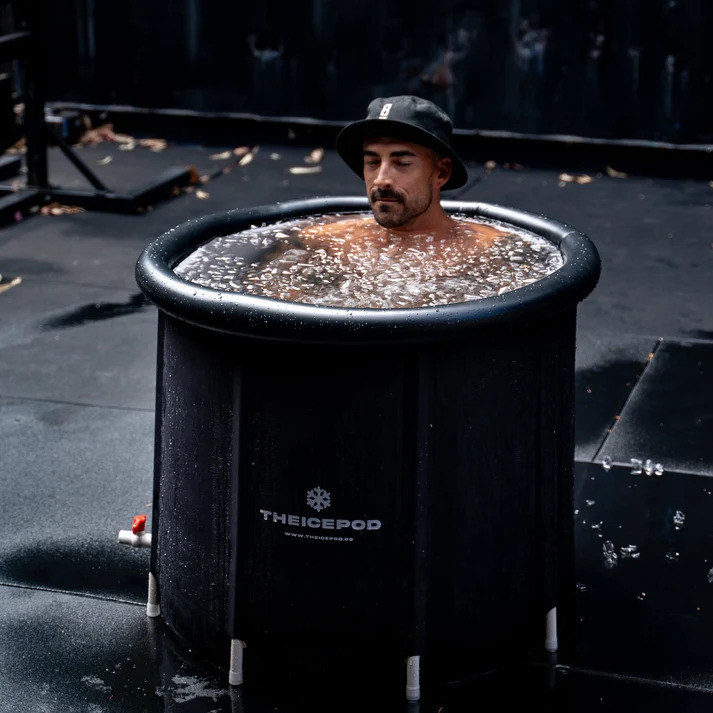
Does cold treatment affect boys differently than girls?
Yes, there can be differences in how cold immersion methods like cold plunge tubs or cryotherapy affect boys and girls due to physiological and hormonal variations between genders. It is important to note that individual responses can still vary. These differences might not apply to every individual. Here are some considerations:
Hormonal Fluctuations: Girls and women experience hormonal fluctuations throughout their menstrual cycle, which can affect factors such as pain perception, inflammation, and recovery. Cold immersion methods might be perceived differently during separate phases of the menstrual cycle.
Testosterone Levels: Testosterone levels are generally higher in males, and this hormone can impact muscle repair and recovery. Some studies suggest that testosterone might influence the body’s response to cold exposure, potentially affecting recovery outcomes.
Body Composition and Thermoregulation:
Body Fat Distribution: Women generally have a higher percentage of body fat compared to men. Body fat can impact how the body manages cold exposure, as it can function as insulation. This might influence how girls and boys perceive and respond to cold immersion methods.
Thermoregulation: Men and women might regulate body temperature differently. These differences could influence how effective cold immersion methods are in reducing inflammation and promoting recovery.
Pain Perception and Tolerance:
Pain Sensitivity: Studies suggest that women might have a lower pain threshold and tolerance compared to men. This could potentially affect how comfortable girls and boys feel during cold immersion.
Recovery Needs and Exercise Patterns:
Training Intensity and Volume: Boys and girls might have different training patterns, intensity levels, and recovery needs based on their respective sports and training regimens. These factors could influence how they benefit from cold immersion methods.
Muscle Recovery: Boys and girls might experience muscle soreness and inflammation differently due to variations in muscle fiber composition and hormonal influences.
It is essential to consider individual variability and preferences when deciding on the use of cold immersion methods. Athletes of both genders should work with sports medicine professionals, coaches, and trainers to determine how cold immersion could best fit into their recovery routines based on their specific needs and goals. Monitoring individual responses and adjusting the frequency and duration of cold immersion sessions as needed can help optimize its benefits for each athlete.
Chilling Conclusion
Elite athletes often incorporate a variety of recovery techniques into their routines to optimize performance and minimize the risk of injury. Many factors can influence their choice. Accessibility, convenience, cost, and their own experience with each method will play a role in the decision-making process. Some athletes might prefer the immersion and gradual cooling of cold plunge tubs, while others might appreciate the efficiency and intensity of cryotherapy.
Ultimately, the best approach is for athletes to consult with their sports medicine professionals, trainers, and coaches to determine which method aligns best with their goals and recovery needs. Staying updated on the latest research in the field of sports recovery can provide valuable insights into the effectiveness of both cold immersion methods.

